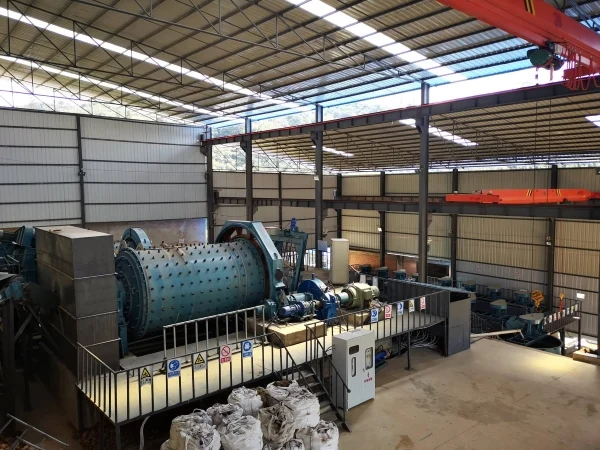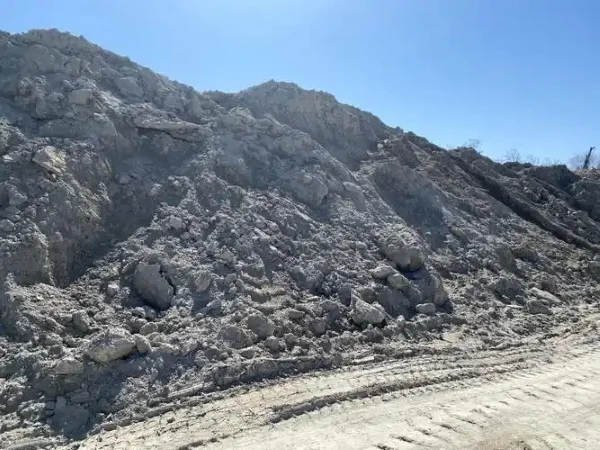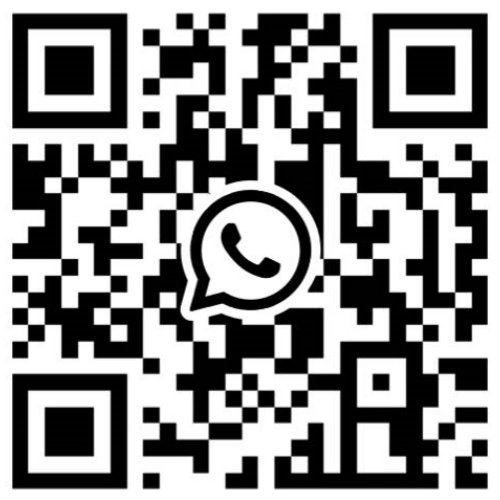
A gold mine in Senegal is a low-grade oxidized gold ore with a gold grade of 2.49 g/t. Laboratory research was carried out using the heap leaching process. The effects of process parameters such as ore particle size, types and dosages of leaching agents, leaching time, and types and dosages of auxiliary oxidants on gold extraction were investigated. The optimal conditions were determined, achieving a gold leaching rate of 89.57% and a gold grade in the leaching residue of 0.26%. These results provide a reliable technical basis for the rational development and utilization of this ore.
1. Ore Properties
The gold grade of the raw ore is 2.49 g/t, which is the main recoverable element. The silver grade is 4.26 g/t, with a relatively low content. The main impurity component in the ore is SiO₂, followed by small amounts of Al and Fe. The main harmful component is arsenic, with an arsenic grade of 0.68%. The grades of other elements are relatively low. The main metallic minerals in the ore are limonite, and sulfide minerals are extremely scarce, mainly pyrite. The gangue minerals are mainly quartz, feldspar, and clay minerals.
This gold mine is a strongly weathered oxidized ore with a loose structure, mostly in the form of broken particles and soil. Petrographic identification shows that most of the pyrite in the ore exists in the form of euhedral grains, embedded in quartz, feldspar, and chlorite. The particle size is relatively fine, generally ranging from 0.02 to 0.4 mm. Limonite appears as a pseudomorph of pyrite or colloidal limonite formed by the condensation of ferric hydroxide solution mixed with a small amount of silicate clay minerals, filling the cracks of gangue minerals. Quartz mainly exists as metacolloidal chalcedony quartz, with most particle sizes ranging from 0.02 to 0.15 mm. Feldspar is in the form of irregular grains or aggregates, with a particle size of 0.02 to 0.3 mm. The gold minerals in this ore have a relatively fine particle size, belonging to fine-grained gold of -0.001 mm.
2. Test Methods
The raw ore crushed to a certain particle size was poured into a cylindrical barrel filled with bedrock. The liquid-solid ratio was fixed at 1.5:1. Lime was added to adjust the pH value to be greater than 11. and a certain amount of Sodium cyanide was added. Leaching was carried out at room temperature for a certain period. After the test, the pulp was poured out for solid-liquid separation. The gold content in the leaching residue and the gold concentration in the gold-containing solution were analyzed, and the gold leaching rate was calculated.
3. Test Results and Analysis
Based on the characteristics of the raw ore properties, a comparison was made between two test schemes: whole-mud cyanidation leaching and heap leaching. The test conditions for whole-mud cyanidation were as follows: grinding fineness of -0.074 mm 95%, liquid-solid ratio of 3:1. mechanical stirring, and leaching time of 24 h. The test conditions for heap leaching were as follows: ore particle size of -10 mm, liquid-solid ratio of 1.5:1. and leaching time of 72 h.
Using the heap leaching process, the gold leaching rate was 70.89%. Using the whole-mud cyanidation process, the gold leaching rate was slightly increased to 74.05%. Considering the production cost comprehensively, the heap leaching process was adopted in the test to recover gold.
4. Conclusions
(1) The gold ore is an oxidized ore formed by weathering, with a gold grade of 2.49 g/t, mainly fine-grained gold of -0.001 mm. The ore is suitable for treatment by the cyanidation leaching process.
(2) Through heap leaching condition tests, the optimal heap leaching process parameters were determined as follows: ore particle size of -20 mm, Sodium Cyanide dosage of 2.0 kg/t, calcium peroxide dosage of 4.0 kg/t, and leaching time of 10 days. The separation indexes achieved were a gold leaching rate of 89.57% and a gold grade in the leaching residue of 0.26%.
Finally, the customer recognized our test results. After communication with the customer, samples were sent, and a series of beneficiation tests were carried out. Through comparative analysis, a process flow suitable for the actual situation was finally customized for this heap leaching project.
Currently, the project is advancing vigorously. In a few months, a heap leaching plant will be completed.
The heap leaching project of an oxidized gold ore in Senegal has played a positive role in promoting the development of gold mines in Senegal. The entire process of this project, from beneficiation test research, yard design, equipment arrival, installation and commissioning, worker training, to the operation of the heap leaching plant, is the responsibility of United Chemical Industry and has reached production standards.
For more professional suggestions? Contact us!
- Random Content
- Hot content
- Hot review content
- Copper(II) sulfate pentahydrate 98% Grade
- Booster(Detonating insensitive explosives)
- Plastic Shock Tube(VOD≧1600m/s)
- High-strength Shock tube(VOD≧2000m/s)
- Industrial Acetic Acid 99.5% Colorless Liquid Glacial acetic acid
- Cyanoacetic acid 99% Powder
- Antimonium Tartrate Potassium
- 1Discounted Sodium Cyanide (CAS: 143-33-9) for Mining - High Quality & Competitive Pricing
- 2China's New Regulations on Sodium Cyanide Exports and Guidance for International Buyers
- 3Sodium Cyanide 98% CAS 143-33-9 gold dressing agent Essential for Mining and Chemical Industries
- 4International Cyanide(Sodium cyanide) Management Code - Gold Mine Acceptance Standards
- 5China factory Sulfuric Acid 98%
- 6Anhydrous Oxalic acid 99.6% Industrial Grade
- 7Oxalic acid for mining 99.6%
- 1Sodium Cyanide 98% CAS 143-33-9 gold dressing agent Essential for Mining and Chemical Industries
- 2High Quality 99% Purity of Cyanuric chloride ISO 9001:2005 REACH Verified Producer
- 3Zinc chloride ZnCl2 for High Molecular Weight Polymers Initiator
- 4High Purity · Stable Performance · Higher Recovery — sodium cyanide for modern gold leaching
- 5High Quality Sodium Ferrocyanide / Sodium Hexacyanoferr
- 6Gold Ore Dressing Agent Safe Gold Extracting Agent Replace Sodium Cyanide
- 7Sodium Cyanide 98%+ CAS 143-33-9











Online message consultation
Add comment: